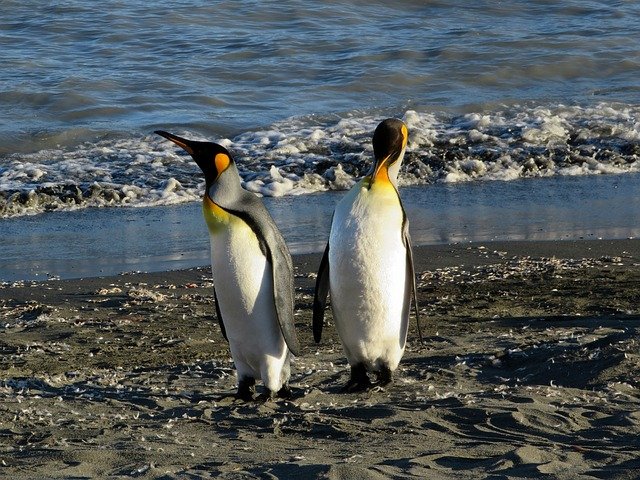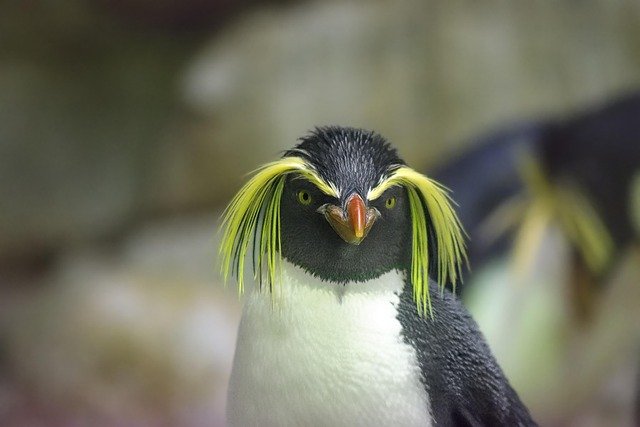
The Social Structures of Penguin Colonies: Understanding Their Complex Communities
Penguins are fascinating creatures, not only for their unique adaptations to life in harsh climates but also for their intricate social structures. These social dynamics are essential for their survival, reproduction, and overall well-being. In this post, we will explore the various aspects of penguin colonies, shedding light on their complex communities.
The Importance of Social Structures
Penguins are highly social animals that thrive in colonies, often consisting of thousands of individuals. The social structures within these colonies play a critical role in:
Protection Against Predators: Living in large groups helps penguins reduce the risk of predation. The collective vigilance of the colony allows for early detection of threats, such as seals and seabirds.
Cooperative Breeding: Many penguin species exhibit cooperative breeding behaviors, where individuals other than the parents assist in rearing chicks. This social support is crucial for the survival of the young.
Resource Sharing: Penguins often engage in communal foraging, where they share information about food sources. This behavior enhances their foraging efficiency and ensures that all members of the colony have access to necessary resources.
Hierarchical Structures
Within penguin colonies, social hierarchies can emerge, influencing mating, nesting, and feeding behaviors. These hierarchies are often established through:
Aggressive Displays: Penguins may engage in displays of aggression or dominance to establish social rank. These interactions can involve vocalizations, posturing, and physical confrontations.
Mating Rights: Dominant individuals often secure better mating opportunities. In species like the Emperor Penguin, males compete for the attention of females during the breeding season, leading to a hierarchy based on size and strength.
Communication and Bonding
Communication is vital for maintaining social bonds within penguin colonies. Penguins utilize a variety of vocalizations and body language to convey information, including:
Vocal Calls: Each penguin has a unique call, which helps individuals recognize their mates and chicks amidst the cacophony of the colony.
Physical Displays: Body language, such as bowing or flapping wings, can indicate aggression, submission, or courtship behaviors, helping to maintain social order.
The Role of Parenting
Parenting behaviors in penguins are often shared between mates, with both parents taking turns incubating eggs and feeding chicks. This cooperative approach fosters strong pair bonds and enhances the survival rates of the offspring.
Incubation: In species like the King Penguin, males and females alternate incubating the egg, which can take several weeks. This shared responsibility is crucial in the harsh Antarctic environment.
Feeding Chicks: Once hatched, both parents engage in feeding their chicks, regurgitating food that they have foraged. This cooperative feeding ensures that the young receive adequate nourishment during their vulnerable early stages.
Conclusion
The social structures of penguin colonies are a testament to the complexity of their communities. Through cooperation, communication, and hierarchical dynamics, penguins navigate the challenges of their environment while ensuring the survival of their species. Understanding these intricate social systems not only deepens our appreciation for these remarkable birds but also highlights the importance of conservation efforts to protect their habitats and communities.
References
Feel free to share your thoughts or experiences with penguin colonies in the comments below! 🐧
